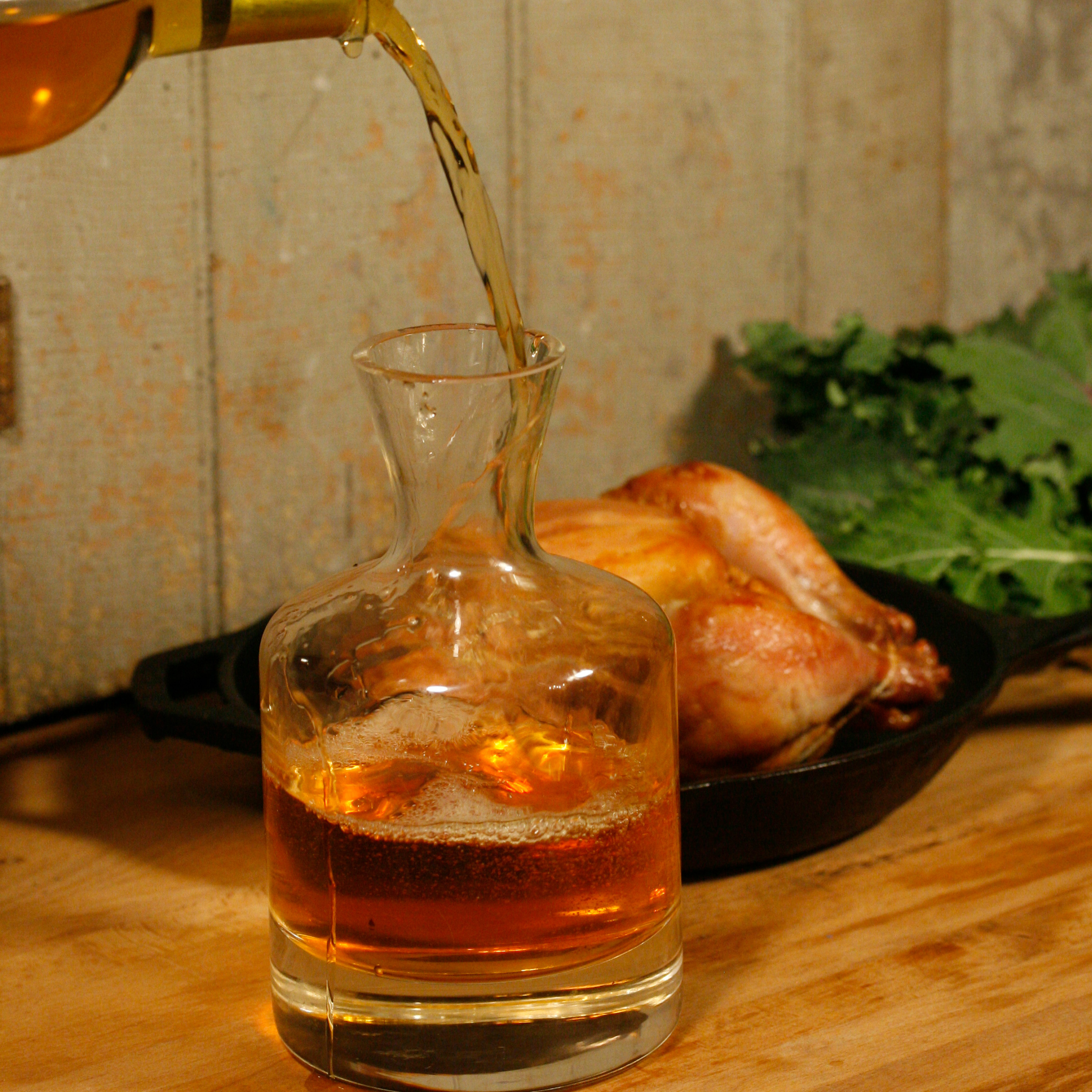Back in 1989, Alexis Bespalo wrote an article for New York Magazine exploring the then-surprising idea of serving sweet wine with savory food. He began by describing how chef Alain Dutournier, then at Au Trou Gascon in Paris, often sent out a free glass of Sauternes or Jurançon with…
To read this article and more,
subscribe now.
To continue reading without interruption, subscribe and get unlimited digital access to our web content and wine search.
This story appears in the print issue
of December 2015.
Like what you read? Subscribe
today.
















